Asteroids

 The Game: As the pilot of a lone space cruiser, you must try to clear the spaceways of a swarm of free-floating asteroids, but the job isn’t easy – Newton’s laws of motion must be obeyed, even by asteroids. When you blow a big rock into little chunks, those chunks go zipping off in opposite directions with the speed and force imparted by the amount of energy you used to dispel them. To that screenful of bite-sized chunks o’ death, add an unpredictable hyperspace escape mechanism and a pesky UFO that likes to pop in and shoot at you, and you’re between several large rocks and a hard place. (Atari, 1979)
The Game: As the pilot of a lone space cruiser, you must try to clear the spaceways of a swarm of free-floating asteroids, but the job isn’t easy – Newton’s laws of motion must be obeyed, even by asteroids. When you blow a big rock into little chunks, those chunks go zipping off in opposite directions with the speed and force imparted by the amount of energy you used to dispel them. To that screenful of bite-sized chunks o’ death, add an unpredictable hyperspace escape mechanism and a pesky UFO that likes to pop in and shoot at you, and you’re between several large rocks and a hard place. (Atari, 1979)
Memories: Easily the most “physics-correct” space video game ever made, Asteroids was also one of the coolest. It was equally fun to play it real safe or, as in the example animation seen below, to just go nuts and live on the edge. [read more]


 The Game: It’s a one-on-one hardwood hoedown as two players control tank-topped, gym-socked hoops stars in an effort to bank the most baskets. Whoever buckets the most balls by the end of the game’s preset timer wins. (Atari, 1979)
The Game: It’s a one-on-one hardwood hoedown as two players control tank-topped, gym-socked hoops stars in an effort to bank the most baskets. Whoever buckets the most balls by the end of the game’s preset timer wins. (Atari, 1979)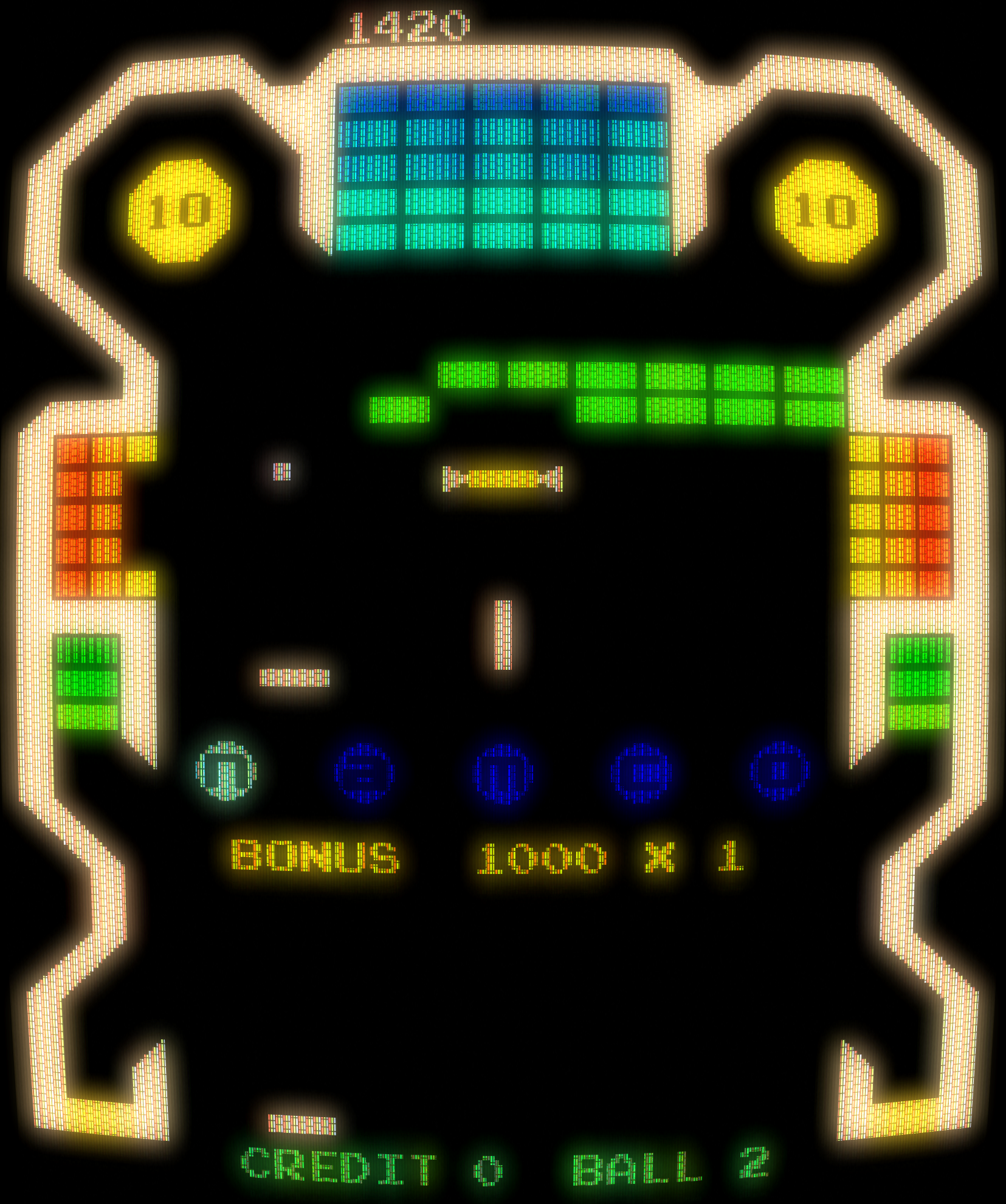
 The Game: Video pinball is back, and now in more than one color! Bomb Bee takes the game mechanics of Gee Bee and makes them noisier and brighter, adding “bumper traps” that can keep the ball bouncing in tight cul-de-sacs, racking up massive bonus points with every strike. (Namco, 1979)
The Game: Video pinball is back, and now in more than one color! Bomb Bee takes the game mechanics of Gee Bee and makes them noisier and brighter, adding “bumper traps” that can keep the ball bouncing in tight cul-de-sacs, racking up massive bonus points with every strike. (Namco, 1979)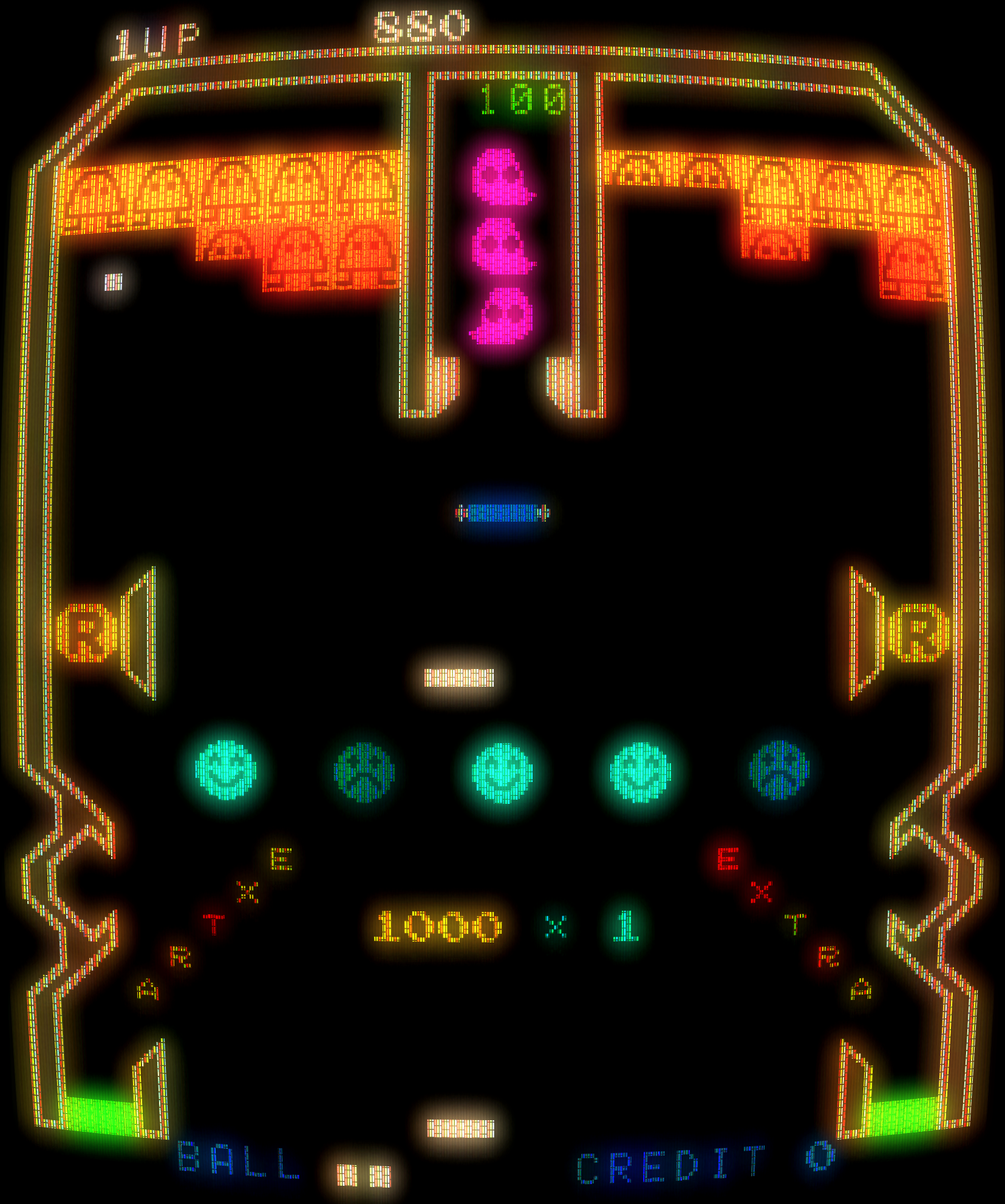
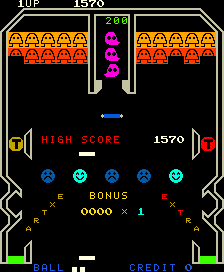
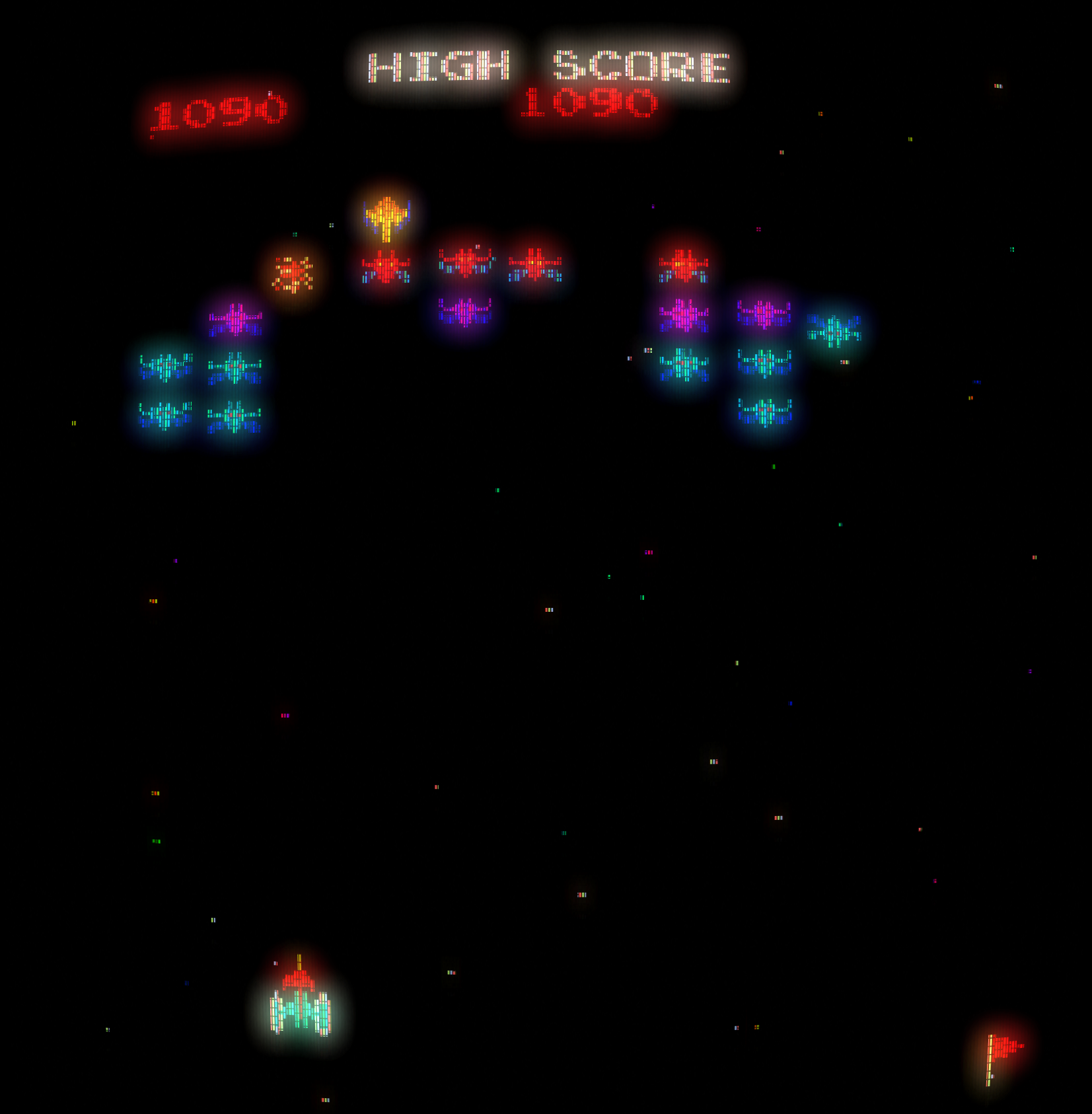
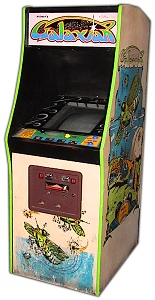 The Game: In one of the most seminal variations on the Space Invaders format, Galaxian was among the first clones to introduce attacking formations that would break off from the usual rows and columns of
The Game: In one of the most seminal variations on the Space Invaders format, Galaxian was among the first clones to introduce attacking formations that would break off from the usual rows and columns of 
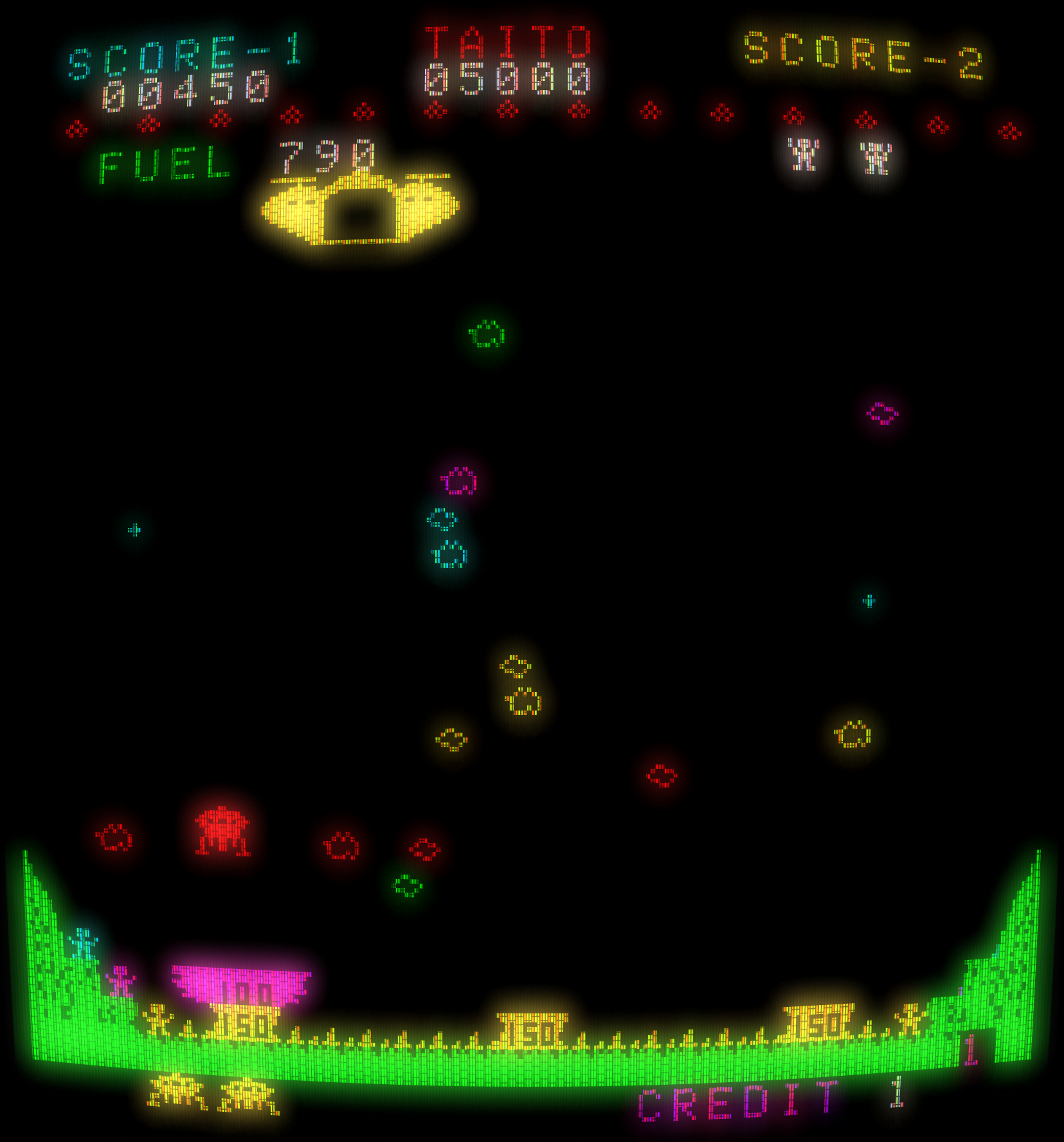

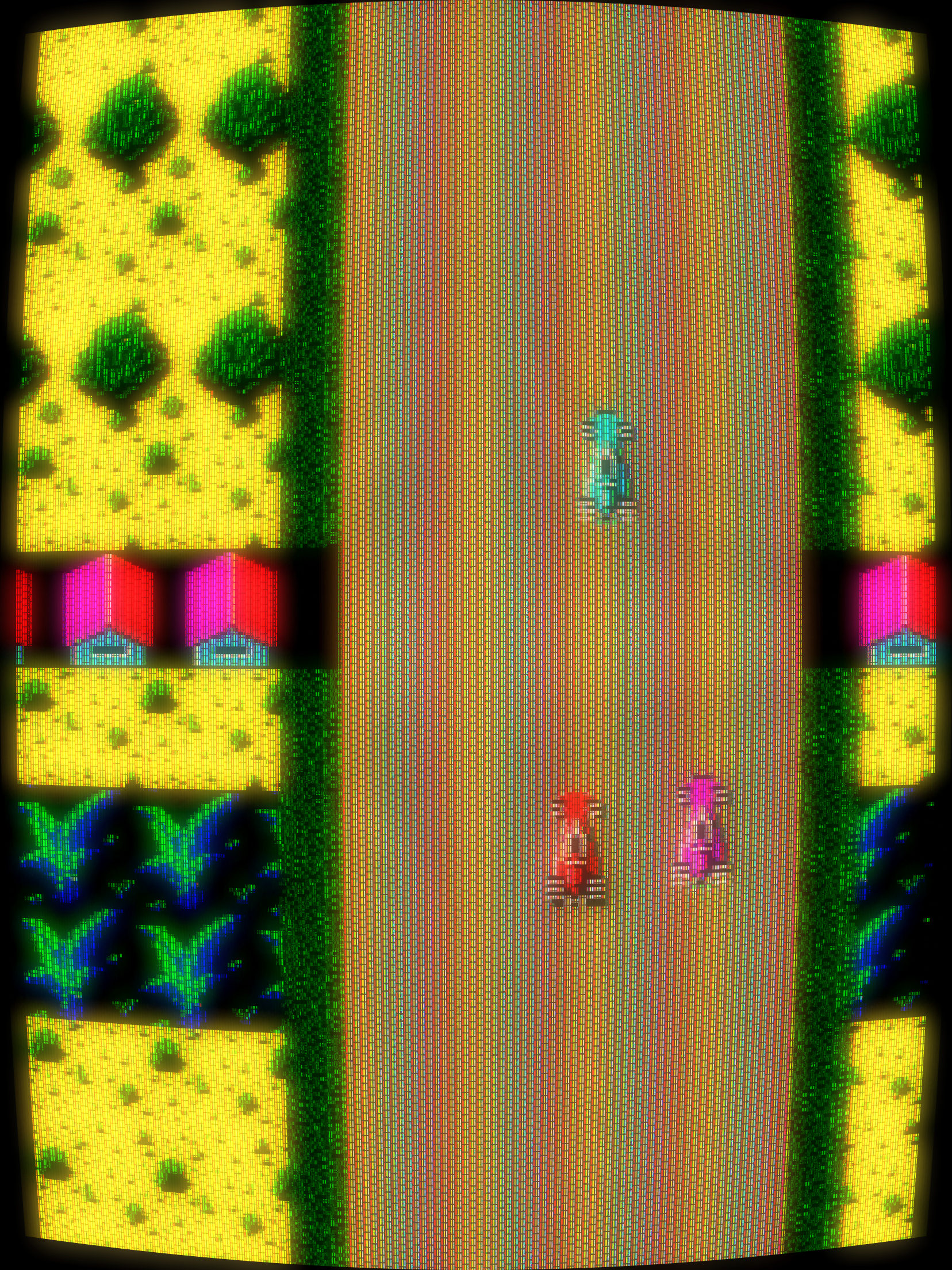
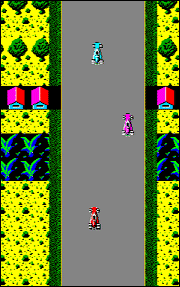 The Game: Players get behind the wheel of a roaring race car, viewed from overhead, as it navigates a series of roads and occasional tunnels whose width varies dramatically. Tunnels are illuminated only by headlights, which means that collisions with other cars are, if not certain, then at least much more likely. Any collision results in the player’s car having to get into traffic again from a dead standstill at the side of the road. (Sega, 1979)
The Game: Players get behind the wheel of a roaring race car, viewed from overhead, as it navigates a series of roads and occasional tunnels whose width varies dramatically. Tunnels are illuminated only by headlights, which means that collisions with other cars are, if not certain, then at least much more likely. Any collision results in the player’s car having to get into traffic again from a dead standstill at the side of the road. (Sega, 1979)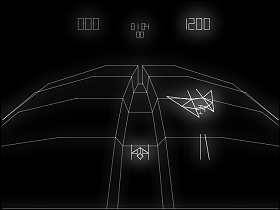 The Game: The player pilots a space fighter into an endless dogfight above a space station trench. Enemy ships attack from all directions, and even zip down the trench; and and all of these can be blasted into bits for points. Beware the fastest of these enemy fighters, which will appear with very little notice and fire directly at the player’s score, relieving it of points every time the fighter is successful with its attack! (Cinematronics, 1979)
The Game: The player pilots a space fighter into an endless dogfight above a space station trench. Enemy ships attack from all directions, and even zip down the trench; and and all of these can be blasted into bits for points. Beware the fastest of these enemy fighters, which will appear with very little notice and fire directly at the player’s score, relieving it of points every time the fighter is successful with its attack! (Cinematronics, 1979) The Game: This may sound awfully familiar, but you’re the lone surviving pilot of a space squadron decimated by enemy attacks. The enemy’s bow-tie-shaped fighters are closing in on you from all sides, and you must keep an eye on your own fighter’s shields, weapon temperature (overheated lasers don’t like to fire anymore), and ammo, all while trying to draw a bead on those pesky enemy ships. You’re also very much on your own – nobody’s going to show up and tell you you’re all clear, kid. (Exidy, 1979)
The Game: This may sound awfully familiar, but you’re the lone surviving pilot of a space squadron decimated by enemy attacks. The enemy’s bow-tie-shaped fighters are closing in on you from all sides, and you must keep an eye on your own fighter’s shields, weapon temperature (overheated lasers don’t like to fire anymore), and ammo, all while trying to draw a bead on those pesky enemy ships. You’re also very much on your own – nobody’s going to show up and tell you you’re all clear, kid. (Exidy, 1979)